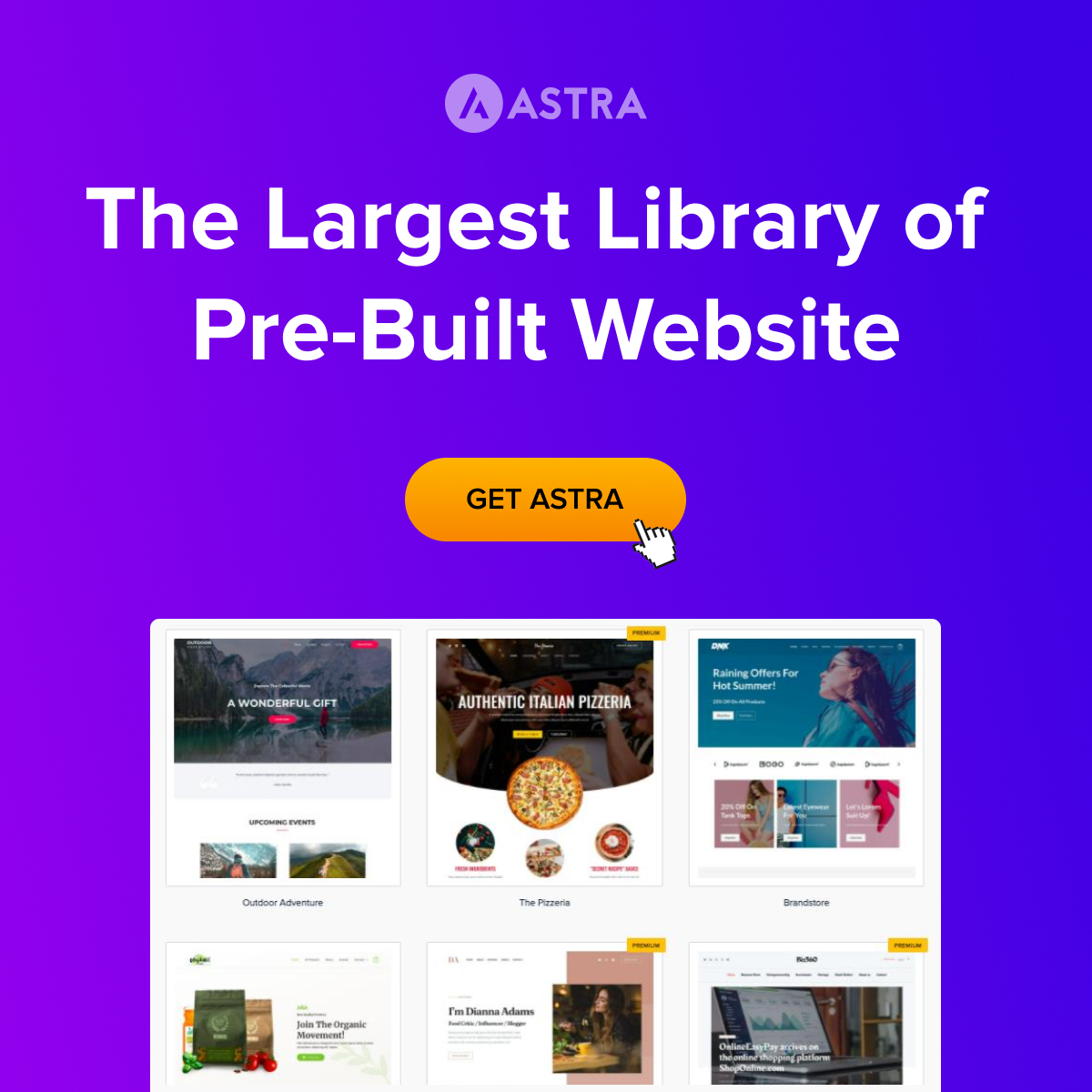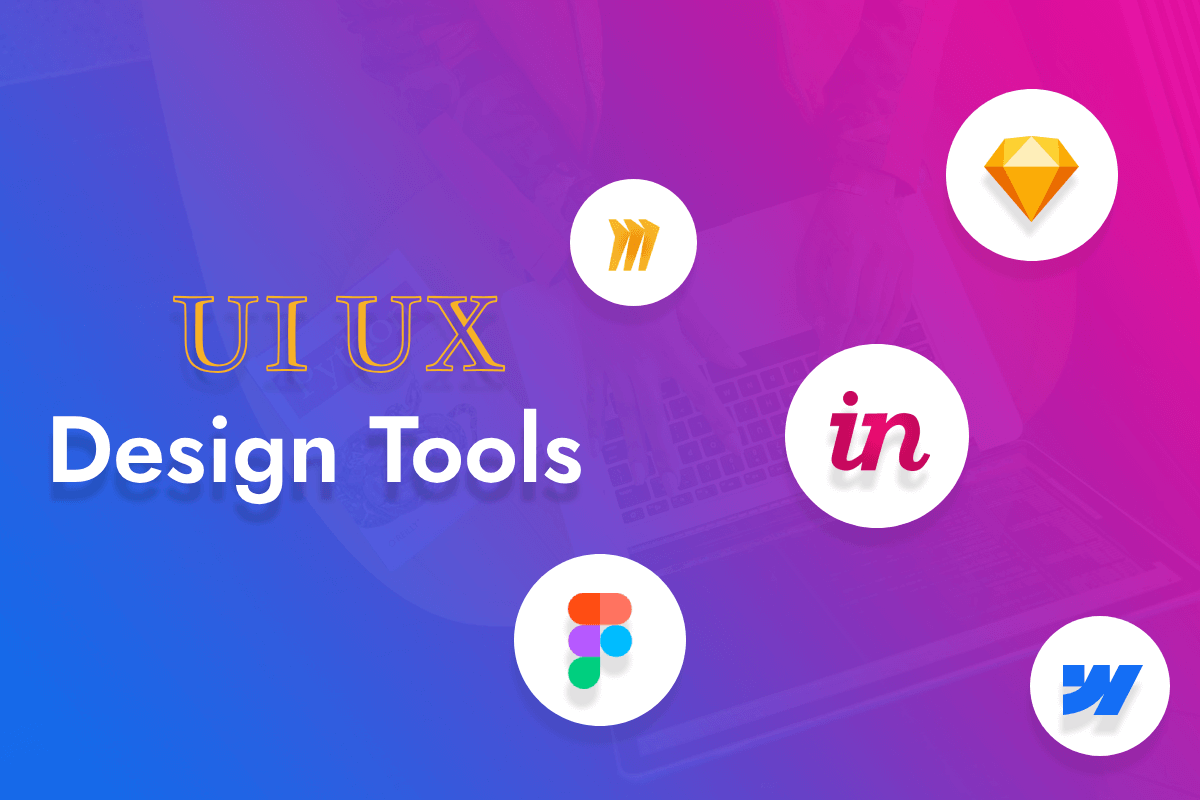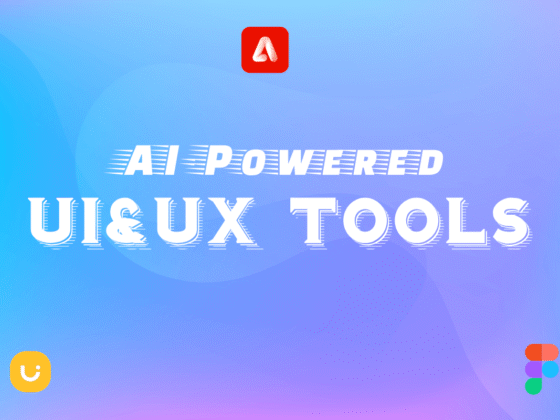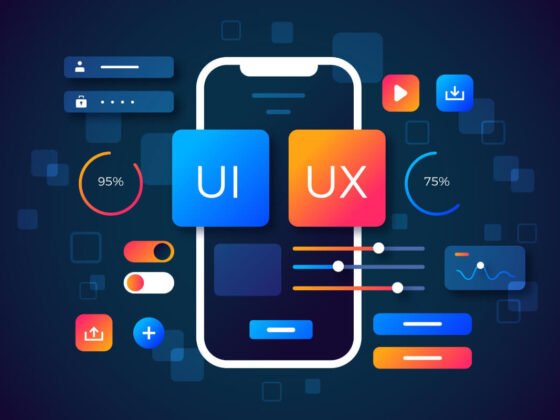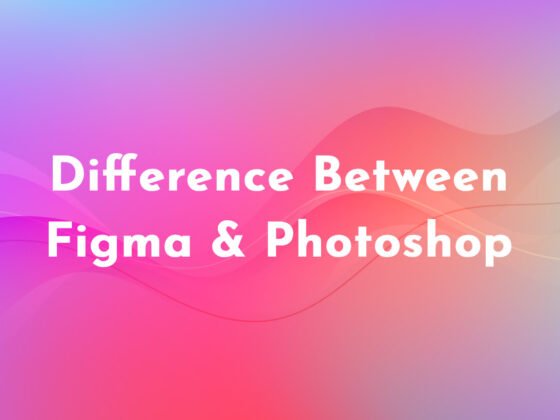User interface and user experience design have become the cornerstone of successful digital products. Regardless of whether you are developing a website, a mobile application, or a software interface, the tools you use may have a significant impact on your process, your creative output and the final product. The designers in 2025 are able to work with an incredible variety of high-tech UI/UX design software which contains not only powerful functionality but also convenient interfaces.
This is a complete guide of 10 best UX/UI design tools that contemporary designers must add to their arsenal. From prototyping to collaboration, these platforms have everything that you need to make your design vision come to life.
Figma
Figma has become the standard of the industry in terms of UI/UX design, and it is understandable why. This interface design tool is a browser-based application that provides an ideal combination of robust features and smooth collaborative functions.
Key Features:
- Flexible drawing of a modern pen tool using vector networks.
- Auto Layout capability of responsive design.
- Adaptable styles that can be used for any project.
- Large libraries of components with drag-and-drop resources.
- Advanced transitions and dynamic overlays of interactive prototyping.
- In-built commenting on real-time collaboration.
- AI-based capabilities of automatic design creation and reactivity.
- Integration of FigJam to do brainstorming.
Pricing: free plan is offered with 3 Figma files and 3 FigJam files. The professional plan will begin at EUR 12 per month with unlimited files. Figma is a cloud-based product, which also implies that you can access your designs anywhere, so both remote teams and freelancers will find it more than satisfactory.
Adobe XD
Adobe XD is still leading the design market, which offers an end-to-end solution during the design of the UI/UX. As a component of the Adobe Creative Cloud platform, it will be compatible with other Adobe applications.
Key Features:
- Drag-and-drop drawing tool based on vectors and unlimited artboards.
- Apple Design, Google Material Design, and Amazon Alexa UI kits.
- 3D transforms are used to simulate depth and perspective.
- Scalable and iterative design Components and states.
- Sophisticated animation support, including video and Lottie playback.
- Voice prototyping features.
- Design specs with simplified developer handoff.
Pricing: Creative Cloud All Apps subscription is available at 52.99/month. Adobe XD is compatible with both Windows and Mac, which makes it cross-platform flexible, which other competitors do not have.
Sketch
Sketch is a powerful digital design oriented vector graphics editor, long regarded as a standard in the industry. Although it is only available on Mac, its strong feature endears itself to professional designers.
Key Features:
- Simple yet powerful, editable, intuitive vector editing.
- Unlimited design canvas and artboards that are flexible.
- Grids can be customized, and their size can easily be expanded.
- Variable and OpenType fonts are used to have control over typography.
- Real-time feedback on-the-fly tools.
- Fast set project design presets.
Pricing: Includes a 30-day free trial. Paid plans are available for as low as $12 per editor/month, or as a Mac-only perpetual license of $120.
Sketch is focused on the macOS operating system, which also enables it to be deeply integrated with the system and provide optimal performance with the system.
Webflow
Webflow is the bridging tool created to bridge the design and development gap that enables designers to create websites that are ready to be produced without needing to know a lot of code. It is especially widespread among the designers and agencies of websites.
Key Features:
- Visual design surface producing clean, semantic code.
- Breakpoint customization of responsive design tools.
- Dynamic content integration in CMS.
- Animation and interaction creator.
- In-house hosting and search engine optimization.
- E-commerce functionality
Webflow enables designers to bring their idea to life and thus is a one-stop solution to web design projects.
UXPin
UXPin is a complete design platform that helps to create polished, interactive prototypes with no knowledge of coding. Modern design workflows are especially appealing to the AI-powered functionality of it.
Key Features:
- iOS, Google Material Design and Bootstrap built-in libraries.
- Interactive high-fidelity prototype components.
- Inbuilt user flow systems.
- Accessibility, contrast checker and simulator of color blindness.
- Quick design merge AI component generator.
- Redboxed developer handoff.
Pricing: Free version up to 2 prototypes. The paid plans are between $6 and $119 to each editor per month. The emphasis on accessibility tools by UXPin can assist designers to make their products inclusive initially.
Axure RP
Axure RP is the preferred option when it comes to complicated, data-driven prototyping and documentation. It is especially common in the UX design of applications of enterprise scale.
Key Features:
- Conditional logic and dynamic content.
- Sophisticated prototyping with variables and functions.
- Detailed documentation software.
- Reusable component widget libraries and masters.
- Collaboration of teams through common libraries.
- Automatic HTML generation
Axure RP is also suitable where there are complex interactions and specifications hence it can be used in enterprise projects.
Uizard
Uizard makes the UI/UX design more democratic using its AI-driven system that needs minimum design skills. It is ideal to use in rapid prototyping and rapid iteration.
Key Features:
- Text-to-design generation AI-based design assistant.
- Screenshot scanner, which converts screenshots to editable mockups.
- Wireframe scanner to convert hand-drawn sketches to computerized design.
- Drag and drop objects and templates.
- Low-fidelity exploration via wireframe.
- Live group work technologies.
Pricing: The free plan has 3 projects. The Pro plan has a price of 12 dollars a month per creator. The AI capabilities have helped Uizard to save a lot of time between concept and prototype.
Marvel
Marvel is one of the simplest promises that does not compromise functionality. This web-based application is especially favored by those who are new and have small teams in need of a more user-friendly tool.
Key Features:
- Wireframe templates that are dragged and dropped.
- Vast arsenal of ready-made resources and symbols.
- Hot spot and layer interactive prototyping.
- Inbuilt user testing capabilities.
- Create code and spec handoff tools.
- Interactions with Jira, Maze and Confluence.
Pricing: 1 project Free plan. The Pro plan starts at EUR 9/month. The user-friendly interface of Marvel gives it a great place to start as a designer who has not used UI/UX tools before.
InVision
InVision is not new to the design community, and it has been powerful in terms of prototyping and collaboration. InVision Studio offers screen designing that is powerful and contains the tools of animation.
Key Features:
- Screen design tool with quick drawing capabilities.
- Responsive design layout.
- Interactions of fluids and mirror image technology of mobile devices.
- In-app smart-swipe transition animations.
- Global repository of shared components.
- Checking tool of pixel-perfect developer specs.
The collaborative quality of InVision enables it to be especially useful with remote design teams.
Miro
Though it is mainly regarded as a team-driven whiteboard, Miro has turned out to be a fundamental tool in the hands of UI/UX designers, especially at the stage of ideation and planning.
Key Features:
- Brainstorming and mapping an infinite canvas.
- Ready-made user journey map and wireframe templates.
- Live cooperation with an unlimited number of participants.
- Connection with design software such as Figma and Sketch.
- Video chat and presentation mode.
- Intelligent templates of systematic thinking.
Miro is also a genius when it comes to design thinking and collaborative design workshops and sessions.
conclusion
The most appropriate UI/UX design software varies depending on your needs, team size and budget. Figma and Adobe XD have an extensive range of features applicable to the majority of projects. Sketch is also great when it comes to users of Mac who want depth and flexibility. Software such as Axure RP excel in large organizations, whereas Uizard and Marvel reduce the entry barrier to new users.



